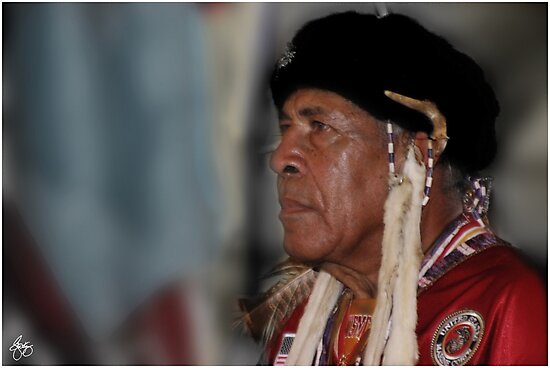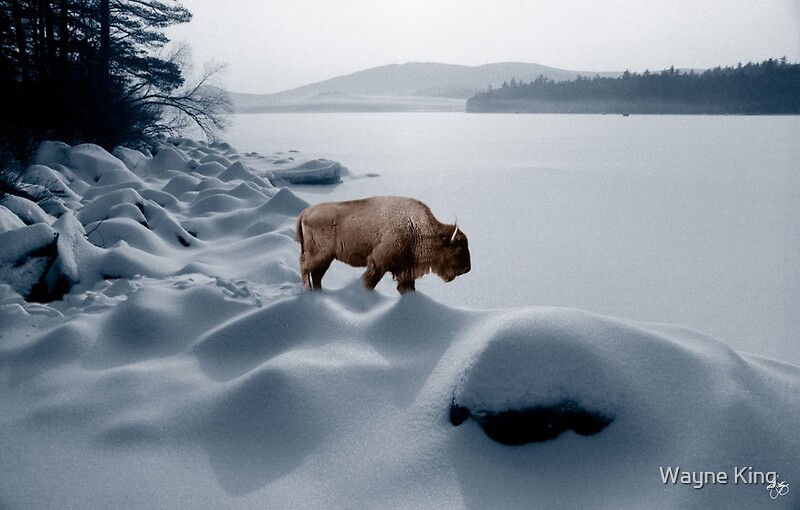Tom Wessels and Wayne King, noted environmentalists, speak out for “Scenic” Protection of Lake Tarleton Watershed
Tom and I invite anyone to sign on to the letter (just add your name) or send your own to protect this precious Gem of the White Mountains.
For more information: 603-530-4460
In Mid-2000, after years of fundraising work, a gathering of political leaders, community leaders, environmental activists, and citizens came together to celebrate what they believed was the final step in protecting Lake Tarleton and its surrounding watershed from threatened development and logging. Together they had raised more than 7.5 million dollars to protect more than 5000 acres in perpetuity. Today they find themselves fighting to protect that public investment once again.
Lake Tarleton is the largest and purest lake in the White Mountain National Forest. It is one of a very few lakes that local activists have succeeded in protecting from the scourge of aquatic invasive species such as Eurasian Milfoil. Its largely-forested watershed is also a rich cultural resource containing an early colonial settlement, Charleston, and two other unnamed settlement areas as well as evidence of active and regular Abenaki presence dating back thousands of years - most of which still remains shrouded in mystery because it has yet to undergo any serious study.
Tom Wessels, an internationally celebrated environmental educator, terrestrial ecologist and author of 6 ecology books, whose ability to read the natural landscape is legendary, has joined together with former White Mountain guide, State Senator and Gubernatorial nominee, author and columnist, Wayne King who represented the area that includes Tarleton in the Senate.
Wessels is a long-time professor, now emeritus, at Antioch University New England in the Department of Environmental Studies, where he founded their Master's program in conservation biology. He is often compared with such national environmental leaders as John Muir, and Edward Abbey. King, who has Abenaki and Iroquois roots, has written extensively on environmental issues and is considered a leader in the Climate Emergency movement.
Both concur that the Lake Tarleton watershed deserves special status as a Scenic Area, providing it with additional protective measures that recognize the early colonial and indigenous cultural history as well as the particularly pristine natural environment of Tarleton and its sister lakes in the area.
Wessels and King urge interested citizens to make their voices heard by contacting Pemigewasset District Brooke Brown at the address below before the May 11 deadline of adding their names to the letter and sending it to Ms Brooke Brown Pemigewasset District Ranger before a May 11 deadline..
More information can be found at the website of the Lake Tarleton Coalition:
https://www.laketarletoncoalition.org/
Pemigewasset District Ranger
71 White Mountain Drive Campton, NH 03223
RE: Tarleton Integrated Resource Project
Tom Wessels is an acclaimed American terrestrial ecologist, now emeritus professor at Antioch University New England in the Department of Environmental Studies. He founded the Master's program in conservation biology. He is the author of five books and is an active environmentalist.
Wayne King was District 2 Senator in NH which includes the Lake Tarleton area. He was the 1994 Democratic nominee for Governor of New Hampshire. King was a guide in the White Mountains as a young man and today is an author, columnist, podcaster, artist, and active environmentalist.
Professor Emeritus Tom Wessels
The Honorable Wayne D. King
Pemigewasset District Ranger
71 White Mountain Drive Campton, NH 03223
RE: Tarleton Integrated Resource Project
We write this letter to express our concern over the Pemigewasset District’s recommendations for the Lake Tarleton region.
We fully understand the general multi-use mission of the White Mountain National Forest and the National Forest generally. Furthermore, while we are in agreement with the recent Presidential Executive order calling for a more accurate inventory of “Old Growth” forests to help address the Climate Emergency, we are not opposed to responsible and carefully managed logging within the national forest generally.
However, there is a well-established tradition within the National Forest of identifying certain areas that have significant cultural and environmental value and protecting them with a higher level “Scenic Area” status. We believe that the area around Lakes Tarleton, Armington, Katherine stretching along the Appalachian Trail corridor north to Webster Slide, and Wachipauka Pond warrant such treatment. Furthermore, any logging in this region may pose a threat to important, and still unexamined, cultural resources including Abenaki hunting villages and the early colonial settlement of the now-extinct town of Charleston, as well as the unspoiled and pristine nature of its lakes.
In keeping with the intent of the original land acquisition, the White Mountain National Forest should remove this and all future threats to Lake Tarleton’s surrounding forest by amending the 2005 White Mountain National Forest Plan and designating a Scenic Area in the landscape surrounding Lake Tarleton, Lake Katherine, Lake Armington, and stretching along the Appalachian Trail corridor north to Webster Slide, and Wachipauka Pond. This contiguous landscape is among the most scenic in the Granite State. And yet, despite designating nine (9) unique Scenic Areas in the eastern portion of the WMNF, the White Mountain National Forest has not designated any Scenic Areas west of I-93. For the benefit of the local tourism and recreation economy, and for the integrity of this treasured landscape, including Abenaki and early colonial historical resources, it would be both environmentally and culturally short-sighted to allow logging in these areas - which only constitute a very small portion of the western WMNF and less than ¼ of the land protected through the millions of dollars invested in the Tarleton watershed area in 2000. We respectfully request that you amend the White Mountain National Forest management plan and designate this area a Scenic Area to permanently remove the threat of logging and development.
This designation would satisfy the concerns of the donors who helped purchase the land and those who have been advocating for its protection and avoid the need for a costly Environmental Impact Assessment that, arguably, should be engaged if the current plan is to move forward.
Given the environmental and cultural uniqueness of the Lake Tarleton watershed, issuing a DRAFT “Finding of No Significant Impact“ (FONSI) may avoid the need to do a full EIS but leaves the communities who contributed more than 7.5 million dollars to preserve the land feeling that their investment expectations have been ignored. It may also open the WMNF to litigation over the DRAFT FONSI finding in favor of a full-blown Environmental Impact Analysis.
All this could be avoided with a Scenic Designation allowing for better protection of the cultural resources and conservative management of the apple orchards and areas where invasive species require control without logging and clearcutting in the immediate Lake Tarleton Watershed. We urge you to take this route.
Pemigewasset District Ranger Station
71 White Mountain Drive Campton, NH 03223
506 Hart Senate Office Bldg, Washington, DC 20510
Honorable Maggie Hassan- United States Senator
330 Hart Senate Office Building, Washington, DC
Honorable Ann McLane Kuster - United States Congresswoman
Chief of the Forest Service: Randy Moore
1400 Independence Ave., SW
20250-0003 (202) 205-8439




